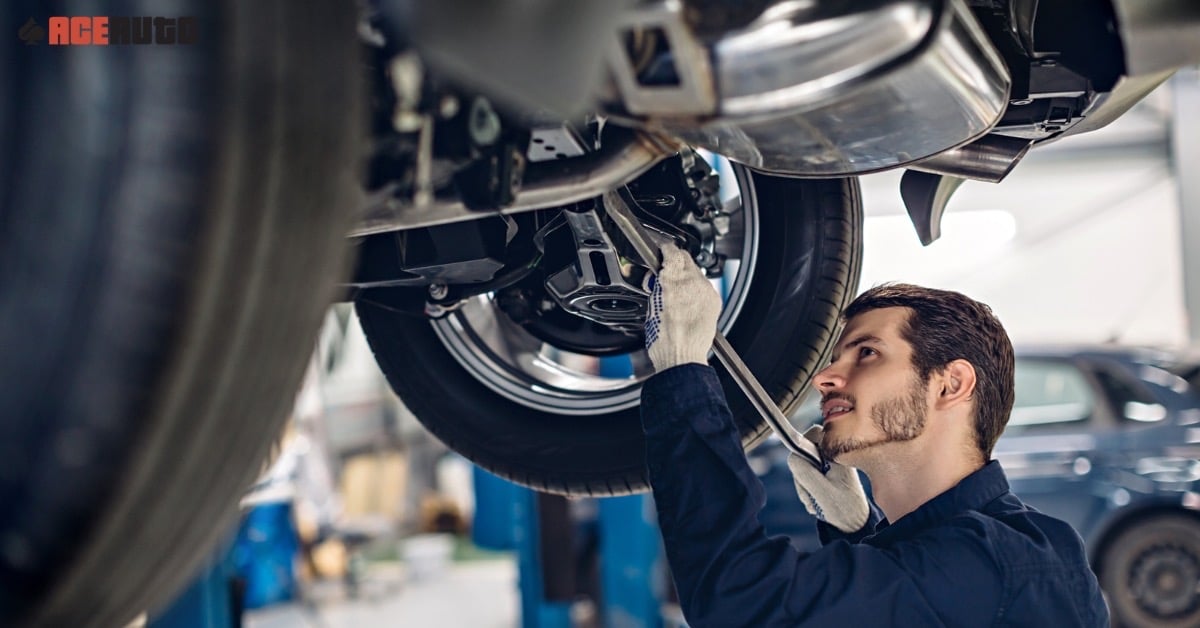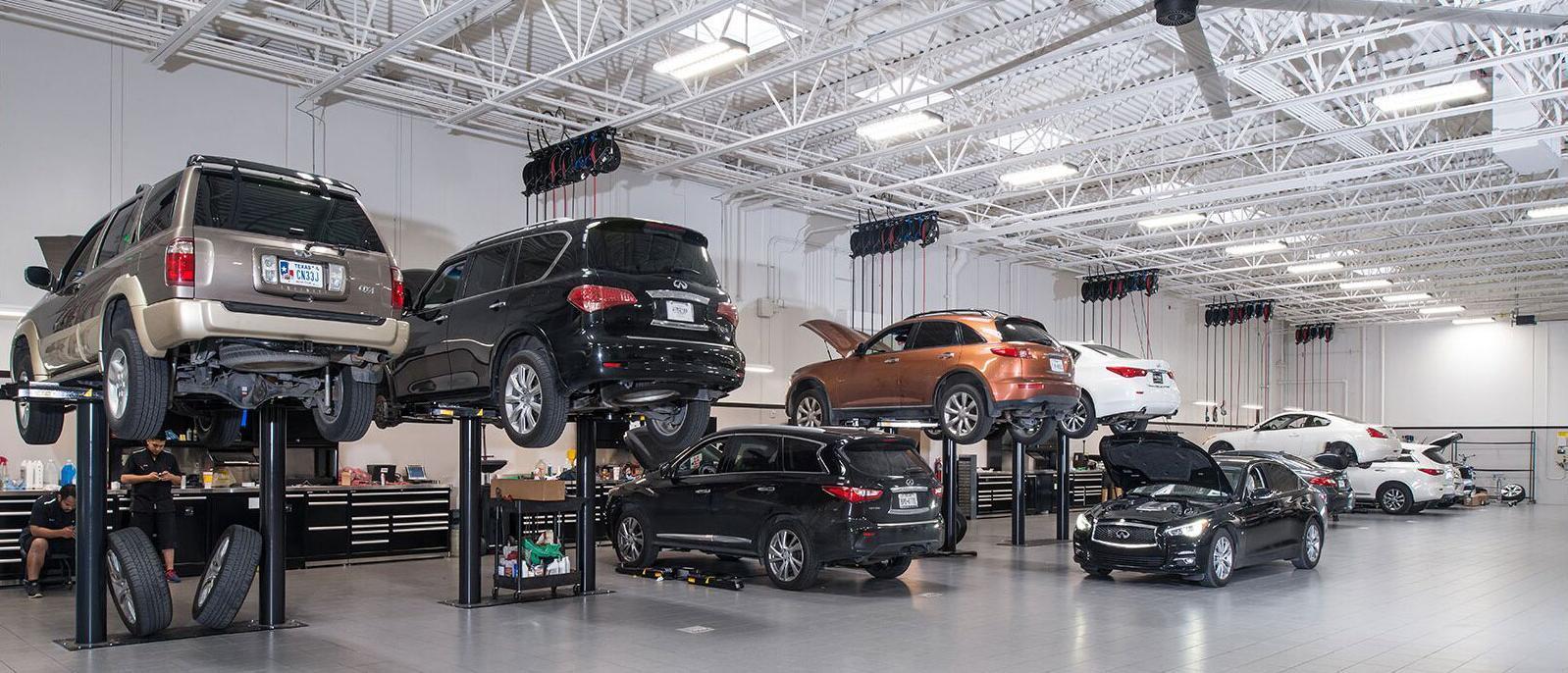A diagnostic examination is an important tool for modern-day car upkeep and fixing. Diagnostic screening provides an exact, efficient means to reveal issues and make sure the appropriate repair services are done.
Comprehending Diagnostic Testing. Analysis examinations use specialized tools to user interface with your vehicle's onboard computer system, generally referred to as the OBD-II (Onboard Diagnostics) This system constantly checks your cars and truck's efficiency and components, consisting of the engine, transmission, exhaust system, brakes, and a lot more. When a problem emerges, sensing units within these systems set off mistake codes that are stored in the car's memory.
![]()
An analysis scanner reviews these codes, giving auto mechanics with essential understandings into the nature and location of potential concerns.
Exactly How Diagnostic Examinations Job. Link to the OBD-II Port. The specialist connects a diagnostic scanner to the OBD-II port, normally located under the control panel. This scanner interacts with the cars and truck's computer system to obtain kept error codes.
Code Interpretation. Each code represents a particular trouble or system. As an example, a P0300 code suggests a misfire in the engine, while a P0420 code factors to issues with the catalytic converter.
Added Examining. While the analysis examination supplies a roadmap, further examination might be required to validate the root cause. Service technicians utilize the codes as a beginning factor for a much deeper assessment, including physical checks and performance examinations.
![]()
Advantages of Diagnostic Screening. Accuracy and Efficiency. Hand-operated inspections can be time-consuming and might not always expose the precise issue. Diagnostic examinations simplify the procedure by straight determining problem locations, conserving effort and time.
Very Early Detection of Problems. Lots of concerns can be discovered before they show up as significant problems. An analysis test could determine a failing oxygen sensor or transmission part, permitting for preventive maintenance.
![]()
Price Cost Savings. By pinpointing the concern, diagnostic testing aids stay clear of unnecessary fixings or component replacements. Resolving troubles early also avoids pricey malfunctions or comprehensive damages.
Boosted Safety. Recognizing and fixing issues promptly makes sure that your auto operates securely. Whether it's a malfunctioning brake system or a failing air bag sensing unit, diagnostics can highlight safety-critical troubles.
Usual Problems Recognized Via Diagnostics. Engine misfires or delaying. Transmission performance issues. Discharge system failures affecting fuel efficiency. Malfunctioning sensors or electrical wiring. Problems with ignition timing or gas shot. When Should You Obtain a Diagnostic Test? Check Engine Light: If your dashboard displays this warning, a diagnostic examination is necessary to uncover the hidden concern. Efficiency Issues: Lowered fuel efficiency, harsh idling, or unusual sounds can all suggest issues. Routine Maintenance: Including analysis examinations into routine service appointments can aid spot and deal with issues early. Verdict. An analysis examination is more than simply a fixing device; it's a proactive procedure to keep your auto's health. By leveraging advanced technology, analysis screening supplies a clear photo of your car's performance, making certain exact repair work and satisfaction. Whether you're dealing with a warning light or organizing routine upkeep, a diagnostic examination is the very first step towards maintaining your cars and truck running efficiently and successfully.
Comprehending Diagnostic Testing. Analysis examinations use specialized tools to user interface with your vehicle's onboard computer system, generally referred to as the OBD-II (Onboard Diagnostics) This system constantly checks your cars and truck's efficiency and components, consisting of the engine, transmission, exhaust system, brakes, and a lot more. When a problem emerges, sensing units within these systems set off mistake codes that are stored in the car's memory.

An analysis scanner reviews these codes, giving auto mechanics with essential understandings into the nature and location of potential concerns.
Exactly How Diagnostic Examinations Job. Link to the OBD-II Port. The specialist connects a diagnostic scanner to the OBD-II port, normally located under the control panel. This scanner interacts with the cars and truck's computer system to obtain kept error codes.
Code Interpretation. Each code represents a particular trouble or system. As an example, a P0300 code suggests a misfire in the engine, while a P0420 code factors to issues with the catalytic converter.
Added Examining. While the analysis examination supplies a roadmap, further examination might be required to validate the root cause. Service technicians utilize the codes as a beginning factor for a much deeper assessment, including physical checks and performance examinations.

Advantages of Diagnostic Screening. Accuracy and Efficiency. Hand-operated inspections can be time-consuming and might not always expose the precise issue. Diagnostic examinations simplify the procedure by straight determining problem locations, conserving effort and time.
Very Early Detection of Problems. Lots of concerns can be discovered before they show up as significant problems. An analysis test could determine a failing oxygen sensor or transmission part, permitting for preventive maintenance.

Price Cost Savings. By pinpointing the concern, diagnostic testing aids stay clear of unnecessary fixings or component replacements. Resolving troubles early also avoids pricey malfunctions or comprehensive damages.
Boosted Safety. Recognizing and fixing issues promptly makes sure that your auto operates securely. Whether it's a malfunctioning brake system or a failing air bag sensing unit, diagnostics can highlight safety-critical troubles.
Usual Problems Recognized Via Diagnostics. Engine misfires or delaying. Transmission performance issues. Discharge system failures affecting fuel efficiency. Malfunctioning sensors or electrical wiring. Problems with ignition timing or gas shot. When Should You Obtain a Diagnostic Test? Check Engine Light: If your dashboard displays this warning, a diagnostic examination is necessary to uncover the hidden concern. Efficiency Issues: Lowered fuel efficiency, harsh idling, or unusual sounds can all suggest issues. Routine Maintenance: Including analysis examinations into routine service appointments can aid spot and deal with issues early. Verdict. An analysis examination is more than simply a fixing device; it's a proactive procedure to keep your auto's health. By leveraging advanced technology, analysis screening supplies a clear photo of your car's performance, making certain exact repair work and satisfaction. Whether you're dealing with a warning light or organizing routine upkeep, a diagnostic examination is the very first step towards maintaining your cars and truck running efficiently and successfully.
Latest Posts
Reliable Pre-Owned – Browse Modern Nissan of Hickory’s Vehicle Lineup!
Published Jan 01, 25
1 min read
Discover Exclusive Solution Specials at Costs Walsh Kia
Published Jan 01, 25
1 min read
Explore the Newest Chrysler, Dodge, Jeep, and RAM Models at Sierra Motors!
Published Jan 01, 25
1 min read
Navigation
Home
Latest Posts
Reliable Pre-Owned – Browse Modern Nissan of Hickory’s Vehicle Lineup!
Published Jan 01, 25
1 min read
Discover Exclusive Solution Specials at Costs Walsh Kia
Published Jan 01, 25
1 min read
Explore the Newest Chrysler, Dodge, Jeep, and RAM Models at Sierra Motors!
Published Jan 01, 25
1 min read